CCHS Transitions
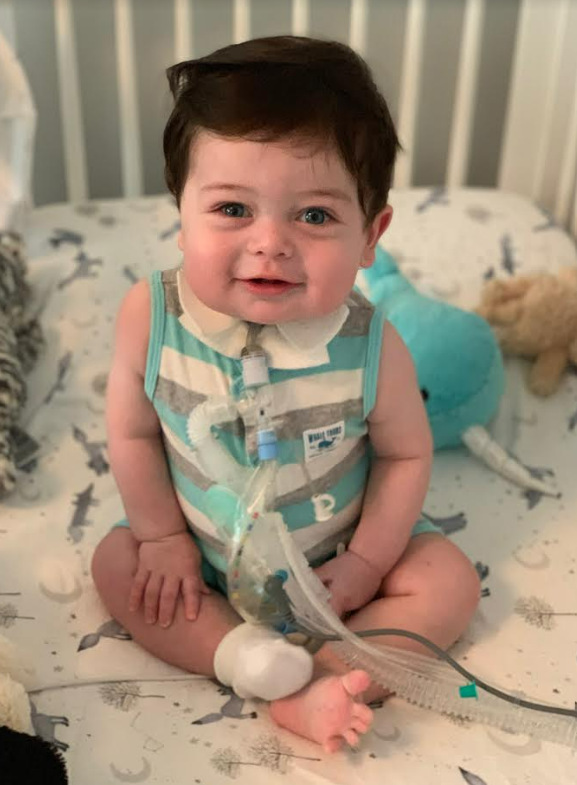
When CCHS is first suspected in infants and children, prolonged hospitalization is typically required. Clinicians will run a series of diagnostic tests to rule out more common conditions. These tests will often include bloodwork, chest x-rays, brain scans, spinal taps, echocardiograms, and genetic screens.
Rule out diagnoses will include obstructive sleep apnea, infection, reflux, pulmonary hypertension, cardiac and neurological abnormalities, and metabolic disorders among others. Once clinicians have exhausted their standard work-up, a sleep study with carbon dioxide monitoring and EEG (if not already performed) and genetic testing should be ordered. Genetic testing for CCHS requires a simple blood draw and takes approximately two to six weeks for results depending on the laboratory.
Once CCHS is confirmed, most hospitals will encourage a consultation with a genetic counselor while the medical team determines a plan of care. Historically, parents/caregivers of infant patients have been strongly encouraged to consent to a tracheotomy procedure. Over the past decade, a small but growing number of milder cases have been able to tolerate bi-level positive airway pressure (BiPPA) via mask ventilation as an alternative to a tracheostomy.
Once the patient is considered stable with proper ventilation methods and settings, the hospital team will begin discharge planning. This typically entails hands-on training for parents/caregivers on tracheostomy care (if applicable), ventilator and equipment maintenance, and discussions on homecare options. Home nursing care is advised to ensure the safety of the patient as well as provide respite for parents/caregivers given the necessity for twenty-four hour monitoring. Infants and children with CCHS should never be left unattended due to the risk of falling asleep while not ventilated, ventilator disconnection, accidental decannulation (coming out) or plug of the tracheostomy tube, malfunction of equipment, and other life-threatening mishaps. Home nursing care is a very personal choice that is also dependent on insurance coverage and availability of services in the area. Most CCHS families who opt for home care services receive an average of sixteen hours per day, routinely split between a day and overnight shift.

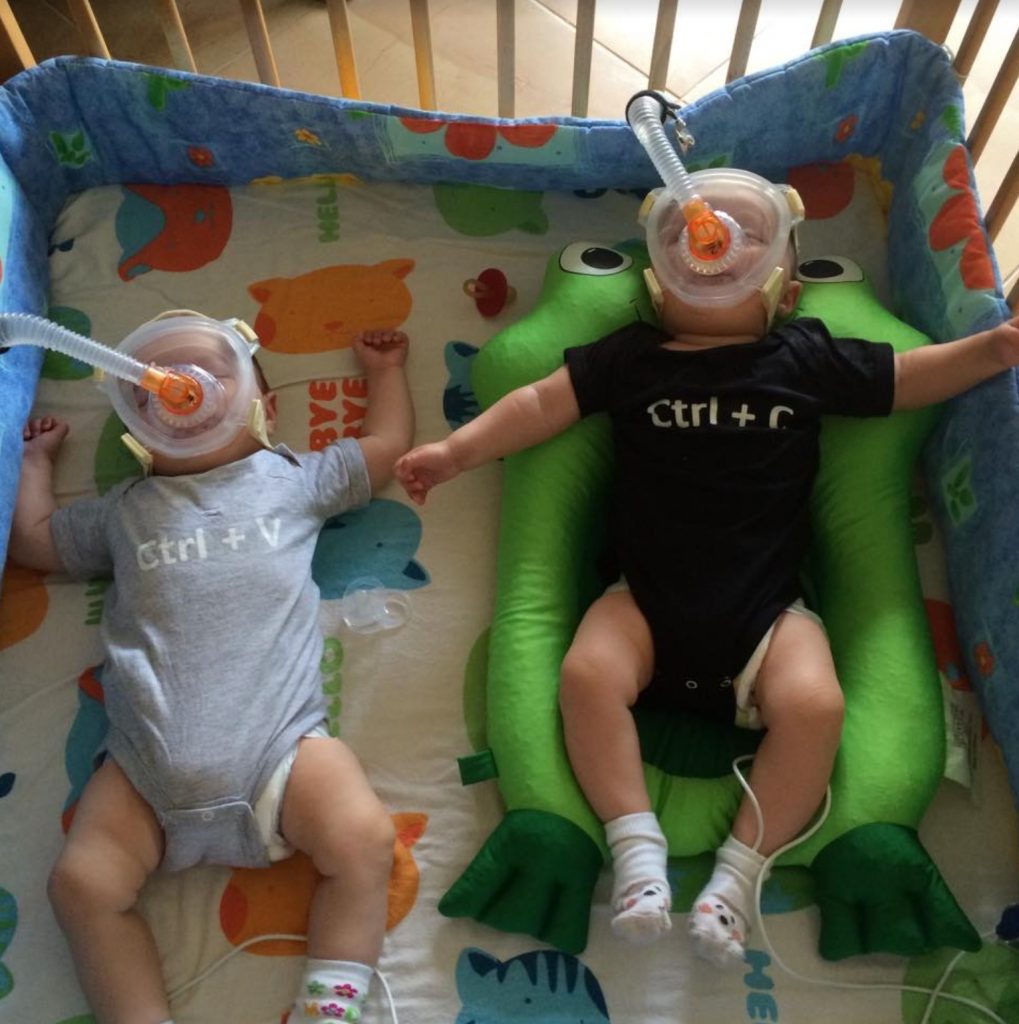
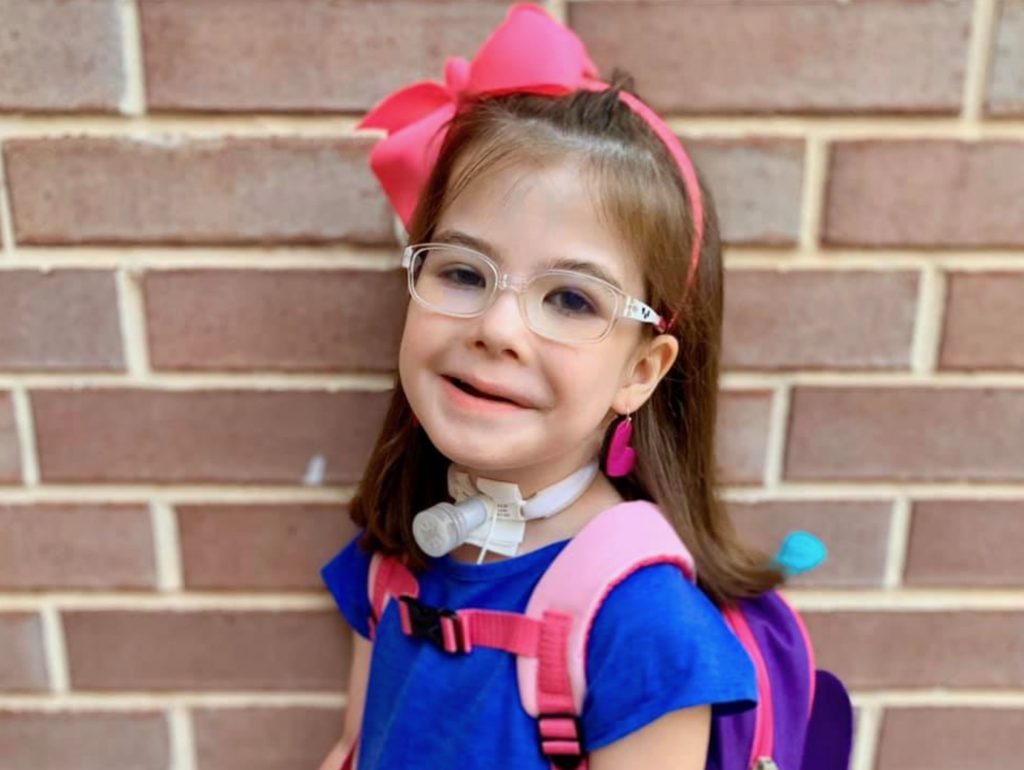
As children with tracheostomies grow and mature, some parents/caregivers will consider alternative forms of mechanical ventilation. These options include bi-level positive airway pressure (BiPAP) or diaphragmatic/phrenic nerve pacers. The decannulation (tracheostomy reversal) process can take time and requires close collaboration between the pulmonologist and ENT, who will ultimately determine if and when the transition is appropriate. Once performed, the child’s stoma will likely require surgical closure.
Routine medical care during childhood should include annual or biannual sleep studies, annual cardiac monitoring, adjustment of ventilator settings with growth, and regular follow-up with ENT if appropriate.
Outpatient or home therapies may include speech, physical and occupational therapy.
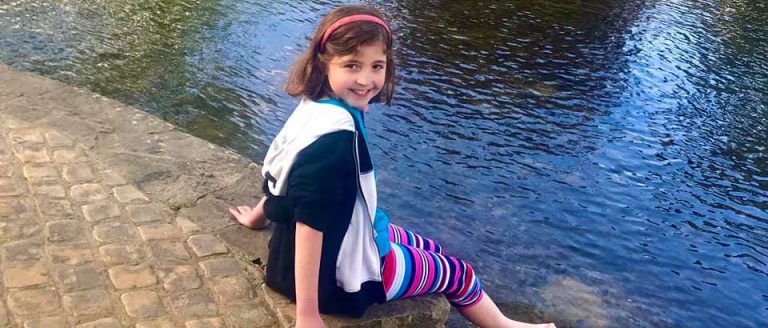
The shift to adolescence can be both exciting and challenging. Care requirements tend to become less burdensome. However, the desire for greater independence demands a delicate balance between safety and appropriate developmental experiences. A considerable percentage of adolescents with CCHS participate in social activities, play sports and perform well academically. Some choose to get a driver’s license and go away to college. Individual disease severity and stability will naturally guide the family’s decision making.
Routine CCHS care in adolescence should include the continuation of annual sleep studies, annual cardiac monitoring, adjustment of ventilator settings with growth, close monitoring for changes during puberty, and psychological services if needed.
As adolescents with CCHS move into adulthood, many become independent and assume responsibility for their care. One difficult hurdle can be the transfer of medical services from a pediatric pulmonologist to an adult pulmonologist, who tend to be less familiar with this extremely rare disease. It is important that patients advocate for appropriate follow-up care that ensures annual cardiac monitoring, sleep studies that include EEG and carbon dioxide monitoring, and required ventilator maintenance and setting adjustments. Adults with CCHS who wish to have children are also advised to seek genetic counseling due to their 50% chance of having an affected child with each birth.
Individuals with CCHS have the potential to lead very fulfilling lives. Early detection, adequate ventilation and appropriate therapies have curtailed some of the developmental and neurological complications seen in early cases. Today, many adults with CCHS are in the workforce, pursuing higher education, living independently and having families of their own.
For more information on independence, click here.

Subscribe to the CCHS Network Newsletter for Updates
© ALL RIGHTS RESERVED. CCHS Network.
WEB DESIGN MADE WITH 